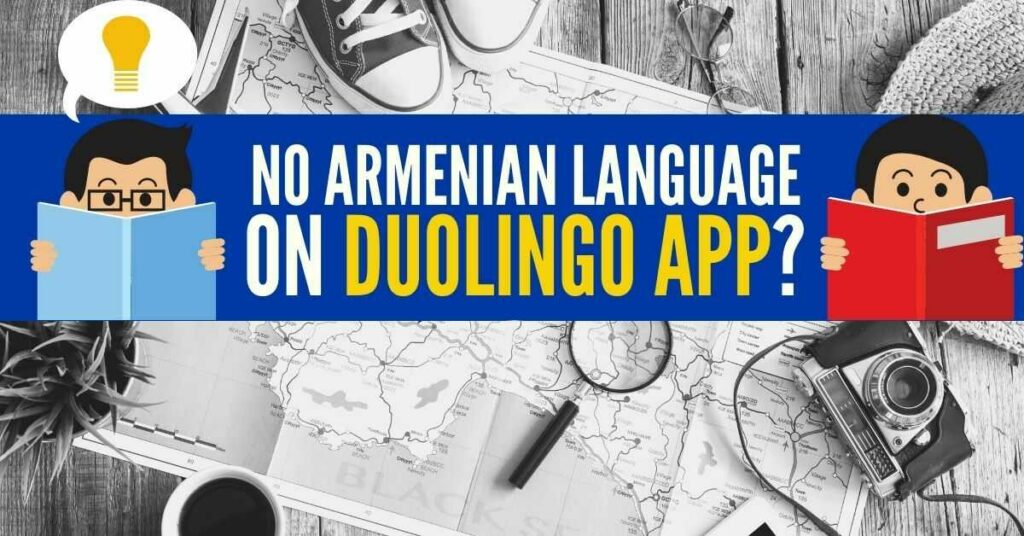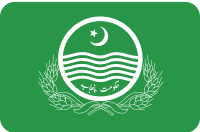Are you on the hunt for an impressive app to use for language learning? While there is no Armenian on Duolingo, there are literally tons of other apps and unique approaches that you can use to develop proficiency in the beautiful Armenian language. If you are truly passionate about getting your hands on one of the best resources out there, then you’ve come to the right place! Keep reading to find out what it is.
There is truth in the idea that the majority of people across the world are interested in learning a second (or perhaps third or fourth) foreign language may it be for professional or personal purposes. However, based on the trends, having the ability to speak fluently some of the most in-demand languages can help you land better opportunities for your career and even help you develop a new perspective that will absolutely lead you to become more appreciative of the culture of other people.
In addition, mastering a foreign language may prove to be a great undertaking, but it was scientifically found to help in even developing cognitive ability. Several people can attest to the fact that language learning can contribute to improving one’s problem-solving skills, critical thinking, and even concentration.
If you are on the lookout for a unique language and can help you connect better, then perhaps taking on the Armenian language is what you should consider. Whether you are planning to go on a quick trip to Armenia or looking to impress some native Armenian speakers, learning the basics of the Armenian language can significantly help you out. While a huge percentage of the Armenian population can also speak English and Russian, speaking to them in their official language is a great way to ensure that you’ll instantly create a lasting connection in an instant.
If you are still on the fence about whether you should start taking on an Armenian language course online, then allow us to walk you through the benefits below.
Benefits Of Learning The Armenian Language

There is no denying that learning Armenian is not a walk in the park. It is complex in the sense that the basic grammar patterns and pronunciation rules can be as difficult as when you are learning Arabic or even French. But what makes it interesting is that the native language of Armenia is so beautiful and distinct to the point that only a few have real expertise in this language. In fact, only about 6 million people across the globe are deemed as native speakers of this language.
At present, there are two major forms of this language which include the Eastern Armenian and Western Armenian. The Eastern Armenian is the one that is usually being taught online and the one that has a huge range of free available resources. On the other hand, Western Armenian is considered one of the oldest forms of the language to the point that only a few understands it by heart. In fact, UNESCO even announced that Western Armenian is already considered a dying language.
If you are unsure why you should add Armenian to your list of languages to learn, allow me to walk you through the 3 reasons that will motivate you to start learning.
The Armenian language is one of the oldest existing Indo-European languages in the world. In fact, history states that the whole Armenian alphabet was created by Mesrop Mashtots in 405 A.D! Therefore, taking on an Armenian course can help you get connected to the language on a historical level! The Armenian language has unique sounds making it truly distinct from other languages under the Indo-European language family. Unlike other languages, Armenian has several ejective sounds! Since there are not a lot of Armenian speakers, having skills in this language will definitely help you develop a competitive edge, especially if you are planning to get on a career related to translation, writing, research, or language preservation!
No Armenian On Duolingo?

Now that we understand why you should consider Armenian as a new language to learn, perhaps you are wondering what resources can you use. If you are a language enthusiast, then I bet your first port of call is to check Duolingo. However, there is something you should know… there are no Armenian language lessons available on Duolingo!
While many Armenians petitioned a year ago to add the language to the Incubator program, we have not seen any developments on whether a course related to it will be made available anytime soon. However, there is hope for all those who are truly passionate about getting their hands on a free course related to this language! One example of an app that has expertise in this language is the Ling App. Get to know more about this in the section below.
The Best Platform To Use For Learning The Armenian Language

When it comes to learning a new language for as short as 5 minutes a day or so, nothing can beat Ling App by Simya Solutions. The Ling App is an innovative language learning platform guaranteed to support language learners regardless of their current level. Unlike Duolingo, it offers language courses to some of the most unpopular languages in the world so that everyone will have access and an opportunity to explore the languages they are truly passionate about.
Today, the app has around 60+ foreign languages, and its range of language lessons is growing day by day, which means that the quality of courses you can get here are truly impressive! Aside from the gamified structure of the app, it has features that will keep you excited and motivated to learn. Perfect for professionals and all types of learners, the inside lessons are reviewed and developed by real native speakers and language professionals so you can have peace of mind knowing that what you are learning is legit.
So what are you waiting for? Progress and learn a language in just 5 minutes or so by downloading the Ling App!































































One Response
It is all a part of the process